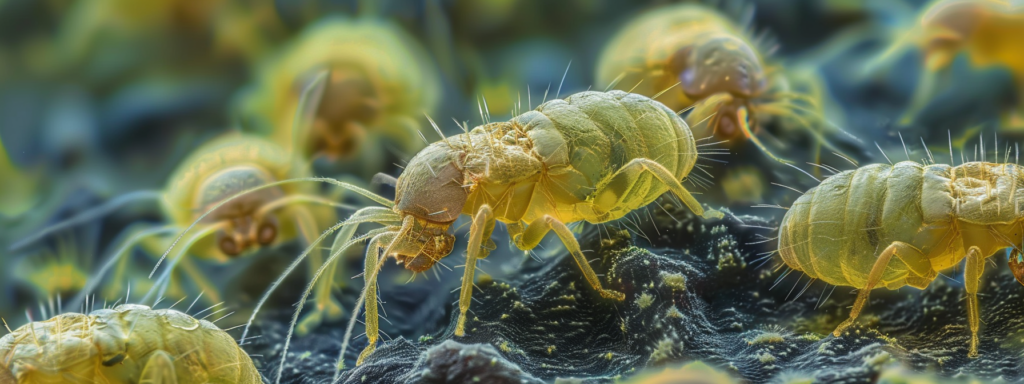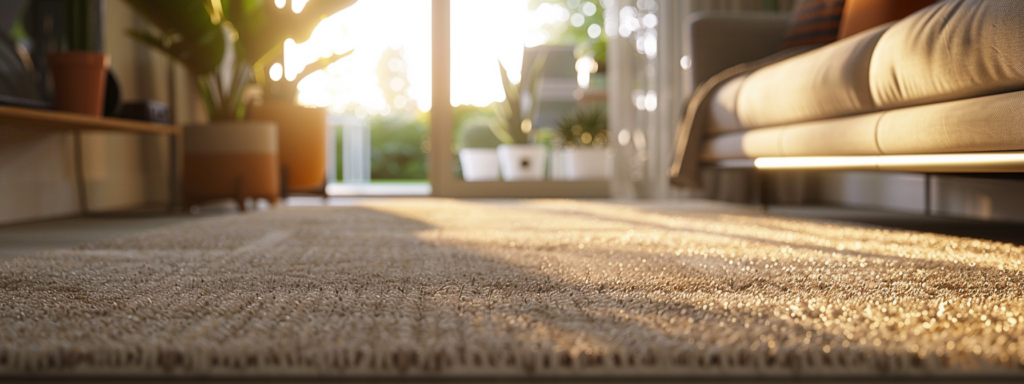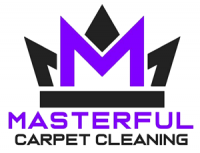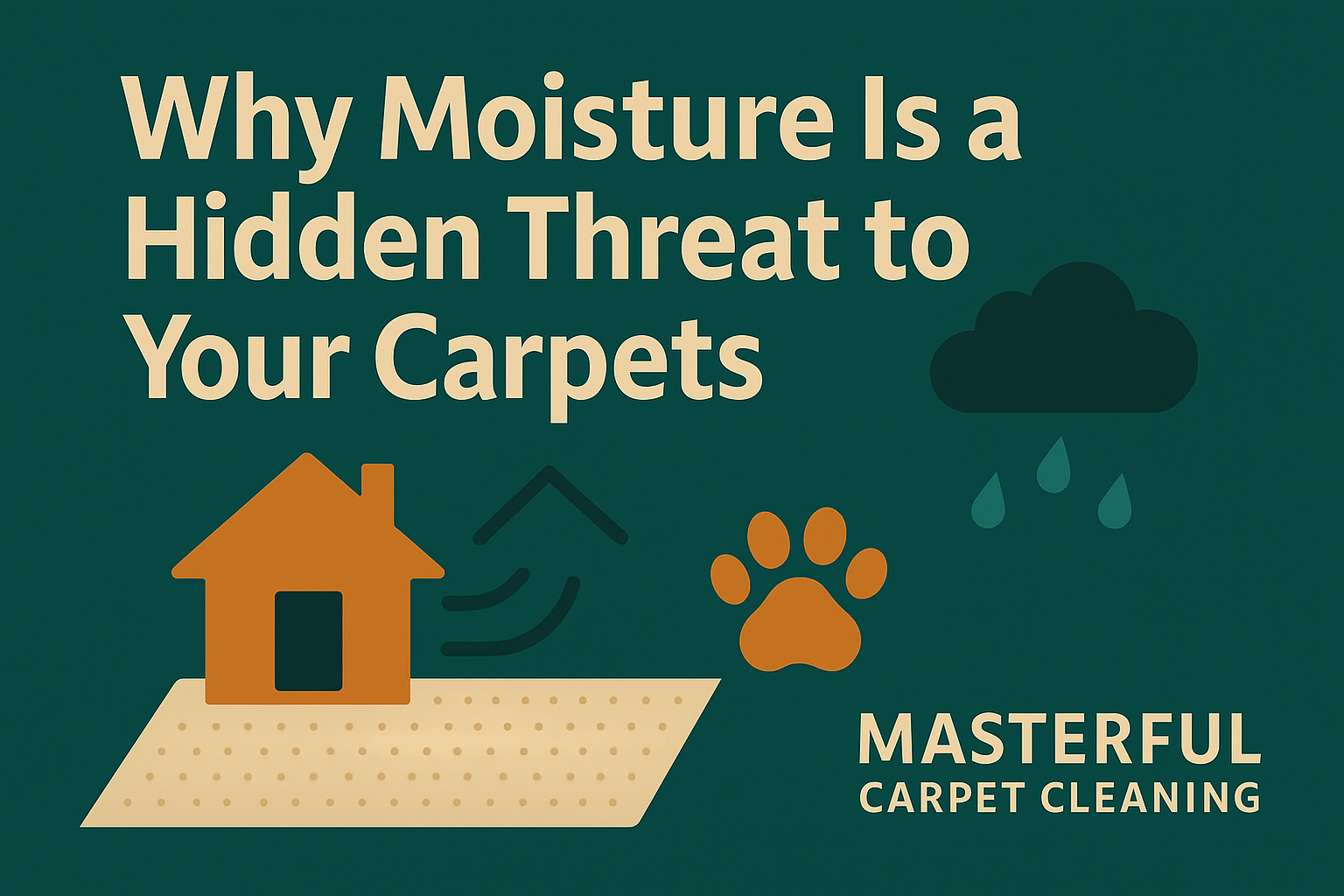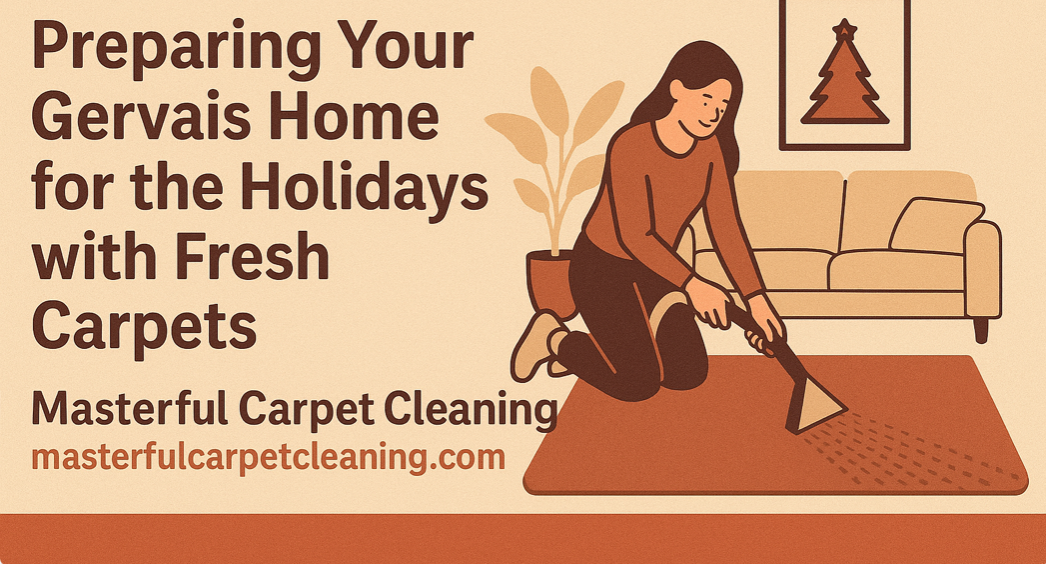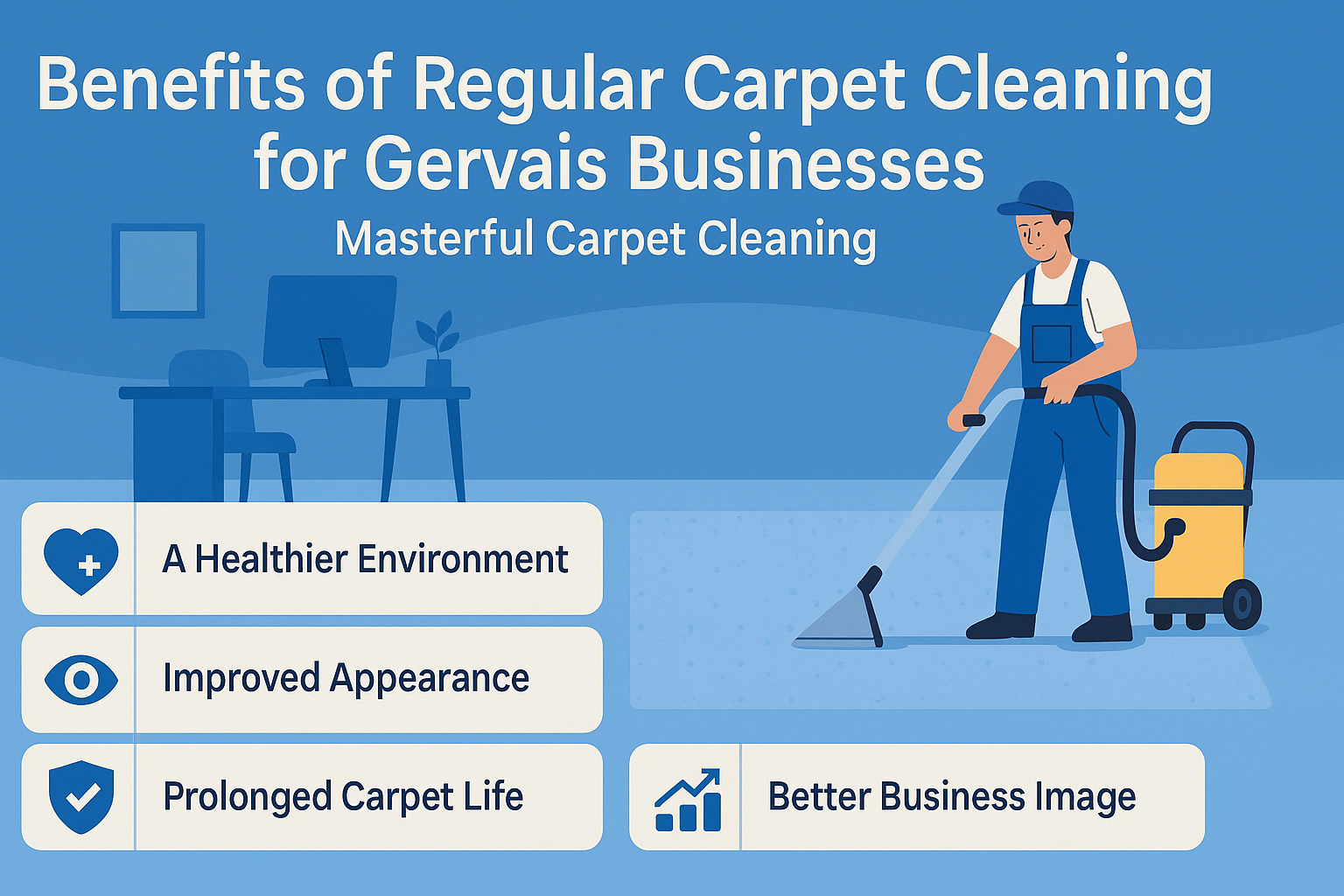Vacuuming Techniques That Effectively Lower Dust Mite Counts
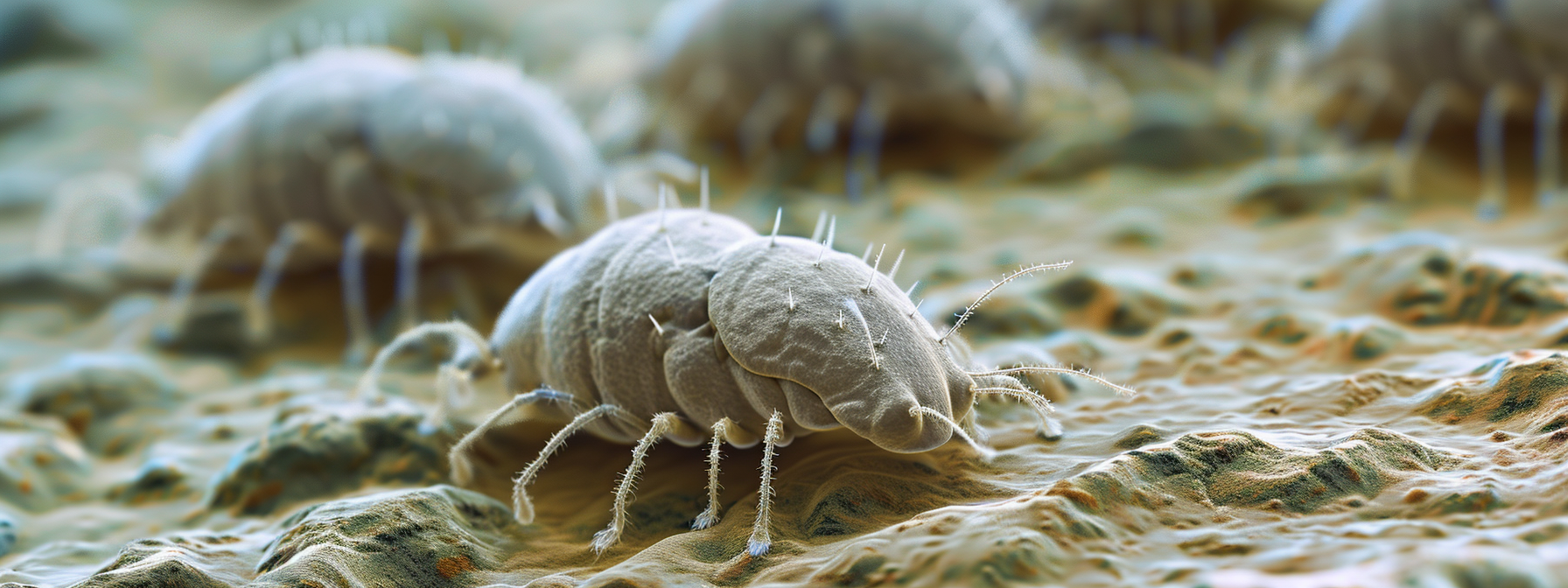
Mastering specific vacuuming techniques can dramatically lower dust mite counts in your home, offering a significant improvement in indoor air quality for allergy and asthma sufferers.
The Impact of Dust Mites on Indoor Air Quality and Health
Dust mites contribute to poor indoor air quality and can exacerbate health issues, particularly for those with respiratory sensitivities.
These tiny organisms thrive in the warm and humid conditions often found in homes, feeding on the dead skin cells shed by humans and pets. Effective vacuuming strategies are not only essential for cleanliness but also for maintaining a healthier living environment.
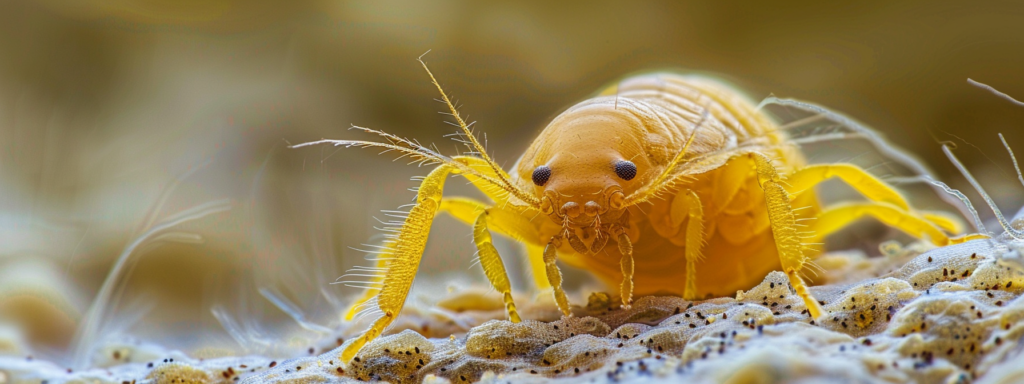
Dust Mites: What are They?
Dust mites are microscopic pests, invisible to the naked eye, that live in house dust and feed on flakes of skin. They are prevalent in mattresses, bedding, upholstered furniture, carpets, and curtains.
Habitats of Dust Mites
These creatures prefer warm, humid settings where they can thrive and multiply. Dust mites are not parasites; they don’t bite or burrow but cause allergic reactions through the proteins in their feces and decaying bodies.
Allergens Produced by Dust Mites
When inhaled, these proteins can lead to symptoms ranging from mild sneezing and runny noses to severe asthma attacks.
Dust mites, though invisible, are a major indoor allergen, triggering reactions ranging from annoying allergies to serious asthma episodes.
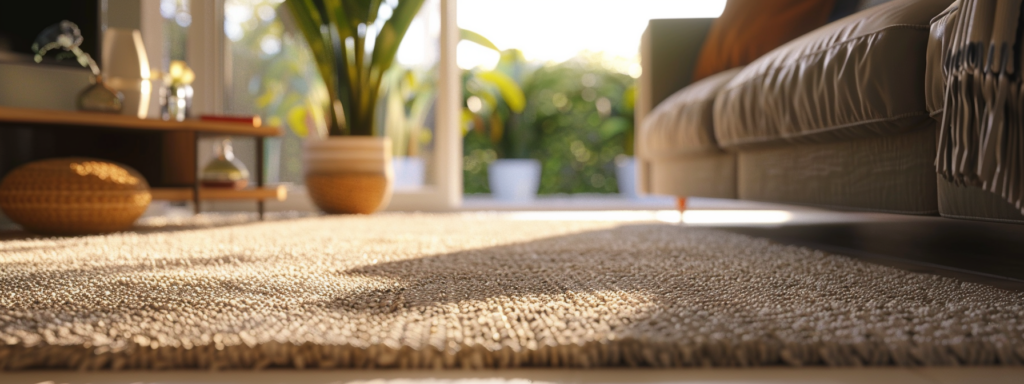
Why Vacuuming Matters
Benefits of Regular Vacuuming
- Strong Suction Power: A vacuum with strong suction power is essential for effectively removing dust mites from surfaces.
- Appropriate Attachments: Use the right attachment for each surface to effectively eliminate dust mites from mattresses, pillows, and high-traffic areas.
- Focus on High-Traffic Areas: Prioritize areas with heavy foot traffic, as these are likely to harbor higher concentrations of dust mites.
- Curtain and Blind Cleaning: Don’t overlook curtains and blinds; dust mites can accumulate on these surfaces as well.
Tips for Effective Vacuuming
- Vacuum slowly and deliberately, overlapping strokes for thorough coverage.
- Alternate your vacuuming direction to dislodge embedded particles.
- Regularly empty or replace vacuum bags and clean filters to maintain optimal performance.
Can vacuuming alone eliminate dust mites?
While vacuuming significantly reduces dust mites, it may not eliminate them completely. Using a HEPA filter vacuum can improve effectiveness.
Effective Vacuuming Techniques
Using a HEPA Filter Vacuum
HEPA filters are helpful as they trap a significant portion of dust mite allergens, preventing them from being recirculated into the air.
Vacuuming All Relevant Surfaces
It’s important to vacuum all areas where dust mites are likely to live, such as carpets, upholstery, and mattresses, ensuring comprehensive removal.
Thorough and Systematic Vacuuming
Employ a systematic approach to vacuuming, covering every part of the room methodically to ensure no area is missed.
Vacuuming with UV-C Light Technology
UV-C light technology can further enhance vacuuming by killing dust mites on contact, particularly useful for mattresses and upholstery.
Additional Vacuuming Strategies
- Mattress and Pillow Vacuuming: Pay special attention to seams and edges where dust mites are prevalent.
- Regular Cleaning of High-Traffic Areas: Clean these areas frequently to manage dust mite populations effectively.
Choosing the Right Vacuum
When selecting the most effective vacuum for dust mite removal, it’s important to consider features that specifically target these pervasive allergens:
- Motor Size and Suction Power: A vacuum’s ability to remove both surface and deeply embedded debris is largely dependent on its motor size and suction power.
- Beater Brush or Adjustable Height: The beater brush is instrumental in dislodging debris embedded in carpets, while an adjustable height feature can accommodate different surface types.
- HEPA Filter: True HEPA filters are capable of trapping 99.97% of particles as small as 0.3 microns, ensuring that allergens like dust mite waste don’t escape back into the air.
- UV-C Light: Some vacuums are equipped with UV-C light, which can prevent dust mite eggs from hatching and kill mites, although the exposure time during vacuuming is generally short.
When it comes to specific vacuum recommendations, here are a few that stand out for their dust mite combatting capabilities:
- Shark Rotator: This vacuum is versatile with a HEPA filter, suited for various surfaces, and its powerful suction can trap a high percentage of dust and allergens.
- LivePure Ultramite Vacuum: Designed as a handheld device, it is particularly effective for mattresses and comes equipped with UV-C light.
- Raycop Lite UV Sanitizing Vacuum: Known for its sanitizing properties, it includes a HEPA filter and UV light for a thorough clean.
- Eureka Mighty Mite: While not explicitly stated as a dust mite vacuum, its compact design and powerful suction make it a candidate for consideration.
- Miele Compact C2 Electro+: This is an all-rounder with powerful suction and a range of attachments, making it ideal for thorough house cleaning.
Each of these vacuums brings unique features to the table, from strong suction power to specialized filters and UV lights, all aimed at reducing the dust mite population in your home.
While no vacuum can eliminate dust mites completely, using one with these features, especially in combination with regular washing of bedding and controlling indoor humidity, can significantly reduce their numbers and impact on health.
Additional Measures
In addition to vacuuming, there are several other strategies you can employ to effectively reduce dust mite populations:
Washing Bedding
It is proven that washing bedding at high temperatures is effective in killing dust mites. Mayo Clinic recommends washing all sheets, blankets, pillowcases, and bedcovers in hot water that is at least 130 F (54.4 C).
If items can’t be washed at this temperature, placing them in a dryer for at least 15 minutes at the same temperature is also effective. For items that can’t be washed, freezing them for 24 hours can kill dust mites, but won’t remove allergens.
Maintaining Low Humidity
Keeping humidity levels low is key in managing dust mites since they thrive in humid environments. Using dehumidifiers and air conditioners to maintain a relative humidity below 50% in your home can inhibit their growth.
Using Protective Covers
Allergen-proof covers for mattresses and pillows act as a barrier against dust mites, preventing them from penetrating or escaping. These covers are typically made of tightly woven fabric that does not allow allergens to pass through.

Questions and Answers
How does professional carpet cleaning reduce dust mite populations?
Professional carpet cleaning can significantly reduce dust mite populations by using high temperatures and powerful extraction methods. These techniques remove the dust mites and their allergens from deep within the carpet fibers, where regular vacuuming may not reach.
What methods do professional carpet cleaners use to target dust mites?
Professional carpet cleaners often employ steam cleaning or hot water extraction, which involves applying high heat that kills dust mites and then vacuuming up the remnants and allergens, effectively purifying the carpet.
Can professional carpet cleaning alleviate allergy symptoms?
Yes, professional carpet cleaning can alleviate allergy symptoms by removing allergens, including dust mite feces and body fragments, from the environment, which are often triggers for allergic reactions.
Why is it recommended to hire professional carpet cleaners for dust mite issues?
Professional carpet cleaners are recommended for dust mite issues because they have the necessary equipment and expertise to effectively deep clean and remove allergens from carpets that regular home vacuuming cannot achieve.
How often should professional carpet cleaning be done to manage dust mites?
It is generally suggested to have professional carpet cleaning done every 6 to 12 months to manage dust mites, although homes with high sensitivity to allergens may benefit from more frequent cleanings.
What is the role of temperature in professional carpet cleaning for dust-mite removal?
Temperature is key in professional carpet cleaning for dust mite removal as high temperatures used during steam cleaning are capable of killing dust mites that cannot survive the heat.
Are chemicals used in professional carpet cleaning safe for removing dust mites?
Most professional carpet cleaners use chemicals that are safe and specifically designed to target dust mites while also ensuring the safety of the household, but it’s always good to confirm the use of hypoallergenic and non-toxic solutions.
Does professional carpet cleaning prevent the return of dust mites?
While professional carpet cleaning significantly reduces the number of dust mites, regular maintenance and follow-up treatments are necessary to prevent their return, as dust mites can recolonize over time.
What additional steps can be taken post-professional carpet cleaning to control dust mites?
After professional carpet cleaning, using allergen-proof mattress and pillow covers, maintaining low humidity levels, and regular vacuuming with a HEPA filter vacuum can help control dust mite populations.
Can DIY methods be as effective as professional carpet cleaning for dust mite eradication?
DIY methods may provide temporary relief, but they are generally not as effective as professional carpet cleaning, which uses industrial-grade equipment and techniques for more thorough eradication of dust mites.
What should be considered when choosing a professional carpet cleaning service for dust mites?
When choosing a professional carpet cleaning service for dust mites, consider their experience with allergen removal, the techniques and solutions they use, and their reputation for providing hypoallergenic cleaning services.
How does professional carpet cleaning compare to regular vacuuming in terms of dust mite control?
Professional carpet cleaning is more effective than regular vacuuming in dust mite control as it provides a deeper clean, often using high heat and powerful suction to remove dust mites and their allergens from carpets, which regular vacuuming may leave behind.
Employing vacuuming techniques equipped with HEPA filters and UV-C light, along with regular washing of bedding at high temperatures and maintaining low humidity, will significantly lower dust mite counts. By using allergen-proof covers, you can further reduce exposure to these common allergens.
Combining these strategies can lead to a marked improvement in the air quality of your home and help mitigate allergic reactions associated with dust mites. Remember, while dust mites are a common issue, with diligent care and the right tactics, you can maintain a healthier living space.
Author
-

As the Co-Owner of Masterful, Randy has been providing quality cleaning services to the Salem and Portland areas of Oregon for many years. He has built a reputation for excellence in the industry. His team take prides in using the latest cleaning techniques and technologies to deliver exceptional results every time.
View all posts
